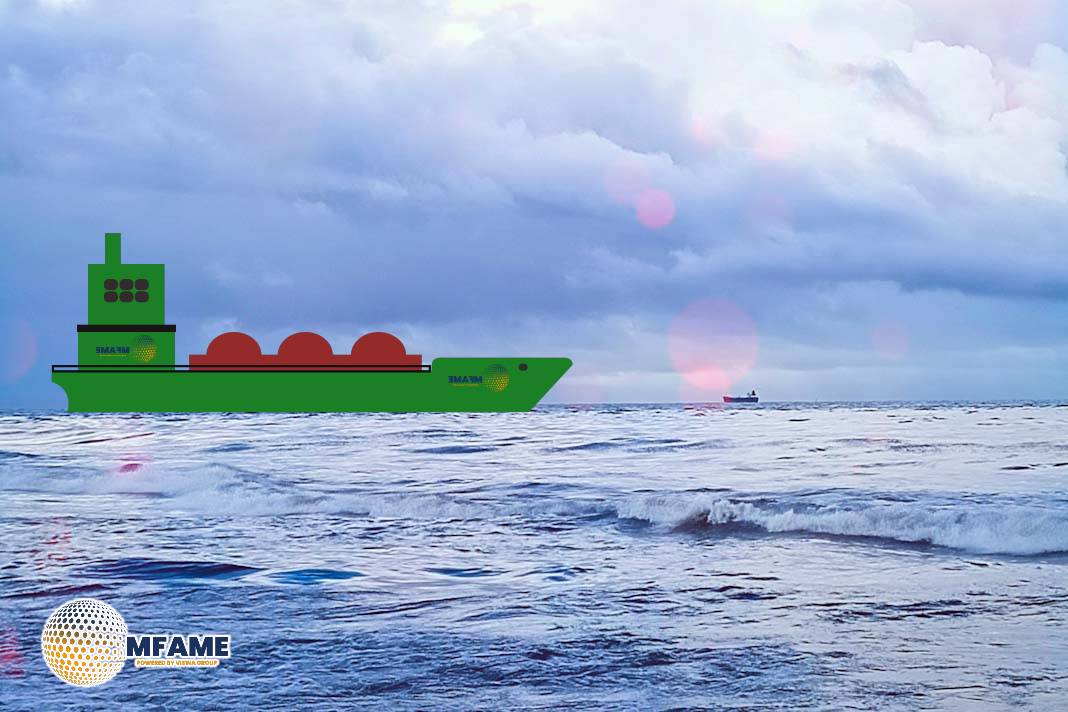- Push to Raise Exemption Threshold for China-Built Ships to 85,000 dwt.
- Industry Urges USTR to Include Larger China-Built Ships in Fee Exemption.
- Call to Expand USTR Exemptions for Non-Chinese Operators of China-Built Ships.
Shipping industry players are encouraging the U.S. Trade Representative (USTR) to increase the threshold of port service fee exemptions on China-built vessels to 85,000 deadweight tons (dwt), as long as they are owned and operated by non-Chinese parties, several market players stated on May 19. They also want an examination of the regulations on ships owned by Chinese entities but operated by foreign-domiciled companies, reports S&P Global.
80,001–85,000 dwt Ships in Focus
Several tankers constructed in China and dry bulk ships in the 80,001–85,000 dwt range are now owned by or under long-term charter to non-Chinese registered operators, according to a tanker broker. These vessels move cargoes regularly to and from the U.S.
Under existing proposals, says the broker, Chinese-construction but non-Chinese-ownership ships are exempt from fees if under 80,000 dwt. But numerous Aframaxes and Kamsarmaxes would be helped if the threshold were increased by a mere 5,000 dwt.
Grains Trade Could Be Affected
“There are ships coming into the US to load grains that are more than 80,000 dwt; if the exemption limit is raised to 83,000 dwt–85,000 dwt, all cargoes will be covered,” said Jay O’Neil, former senior agricultural economist at Kansas State University, speaking to Platts, part of S&P Global Commodity Insights.
Ship size is not the sole factor: based on ship construction, larger dwt vessels can carry less cargo, and vice versa.
Panamaxes Will Gain, Kamsarmaxes Will Lose
Panamaxes and Kamsarmaxes accounted for a 31% volume share in U.S. trade in 2024, S&P Global Commodities at Sea said. Traders indicate Panamaxes will most probably keep their free fee status, but Kamsarmaxes might have to pay unless the threshold is lowered.
“Almost all of the US grains trade is already exempted under the current proposals, but the dry bulk majors have a considerable number of ships that are in the size range of 82,000 dwt–84,500 dwt, and it is therefore important to get the exemption limit raised,” said O’Neil. A hearing on the proposals is scheduled for May 19 in Washington, D.C.
Complexity of Ownership Structures
Stakeholders also want time-chartered ships to qualify for the fee exemption, not just those owned outright by non-Chinese companies. Ships often involve multi-layered ownership structures, where the head owner charters the ship out to an operator, or disponent owner, who manages the vessel over several years.
“Owned and operated are terms that cannot and should not be used together because Chinese-owned ships are operated and period-chartered by companies domiciled in other countries,” said a broker in Seoul. “This is a grey area and clarifications will have to be sought because many ships with a Chinese head owner have the disponent owners and operators registered in another country,” said a chartering executive with a global commodities trading company. “This is an issue that the USTR needs to address,” added O’Neil, who has submitted testimony on the matter.
Time Charters Could Decline by October
“It is unlikely that an American company will take Chinese-owned tankers on time charter after mid-October,” said an executive involved in shipping investments. Under the proposals, charges on China-connected ships would be introduced from October 14.
Today, American refineries and oil importers frequently charter China-built vessels on multi-month or multi-year time charters. But if such vessels are more than 80,000 dwt and cover more than 2,000 nautical miles, they might pay substantial charges under the proposed rules.
Emergence of a Two-Tier Market
Market sources do not anticipate that these steps will bring in much money, because of possible workarounds and route modifications. The proposals would establish a two-tier system with big tankers and dry bulkers sorted by China vs non-China origin, after a dollar-per-net-ton charge is levied at U.S. ports.
For instance, China-built, crude-oil-carrying VLCCs may be tolled $1.9 million per port call in the U.S. beginning mid-October, possibly up to more than $2.4 million in a year — even if they are not owned in China, Tokyo and Seoul brokers said.
Trade Impacts and Exemptions
One in four VLCCs that participated in U.S. trade in 2024 were China-built, Maritime Strategies International stated. Nevertheless, short-sea shipping within 2,000 nautical miles from U.S. ports would be exempt, which would have an impact on some of the U.S. crude imports.
The U.S. ships more than 10 million barrels a day of crude and refined products, and brings in over 8 million b/d, said government estimates. “There will be ownership segregation by route and the tier, Kamsarmaxes specializing in US trade, will command a premium but most trade will be done on Panamaxes if the proposals are not tweaked,” said O’Neil. Beyond grains and fertilisers, U.S. trade in pig iron, salt, and iron ore could also be impacted, he added.
Did you subscribe to our daily Newsletter?
It’s Free Click here to Subscribe!
Source: S&P Global


















